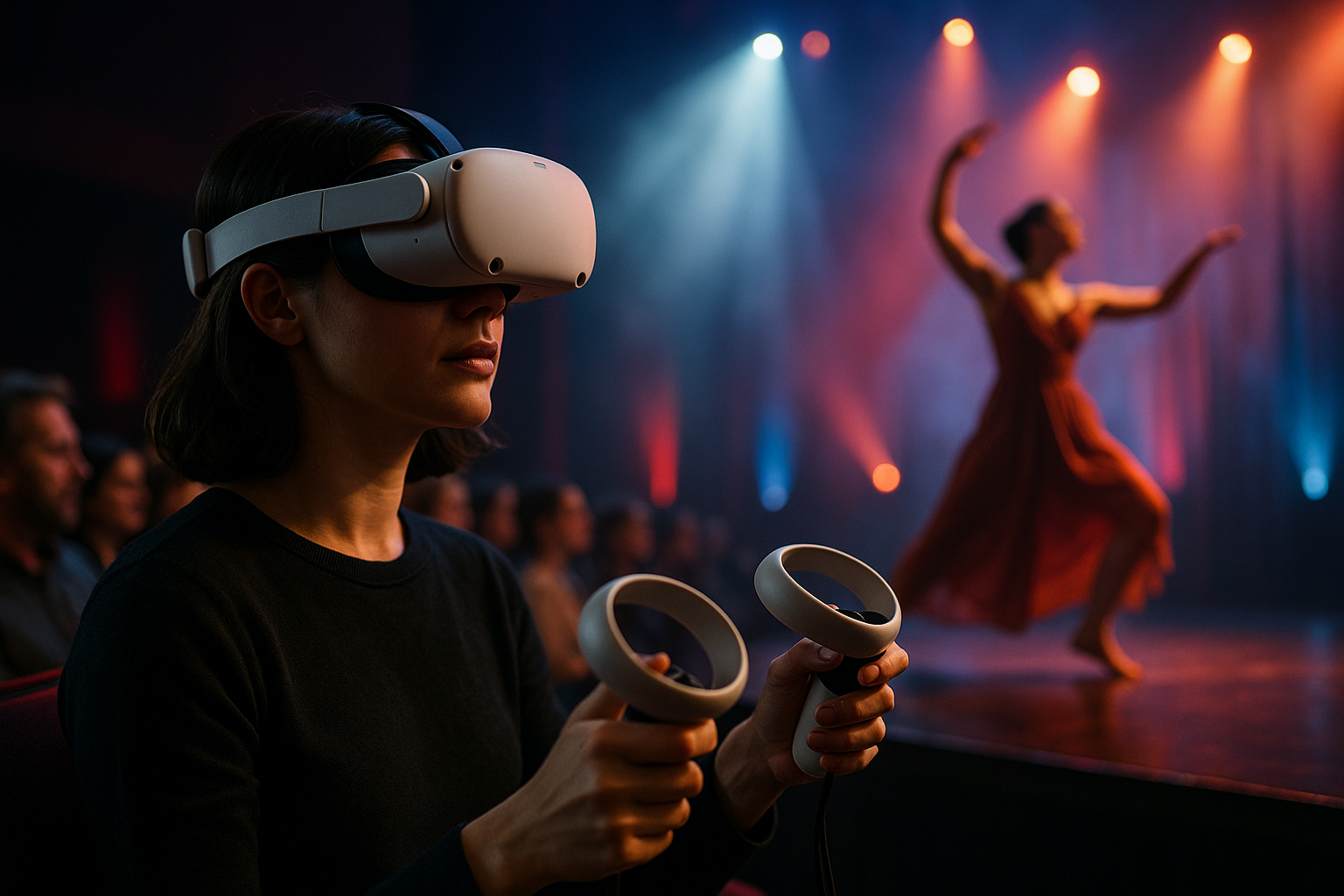Community-Driven Programming: Building Locally Relevant Lineups
Community-driven programming centers local voices and preferences to shape events and performances that resonate with nearby audiences. This approach uses ongoing engagement, responsive curation, and a mix of physical and digital experiences to strengthen cultural relevance and attendance.

Community-driven programming puts local needs and tastes at the center of event lineups, creating culturally relevant experiences that reflect the people who live in an area. By combining attentive curation, audience feedback, and collaboration with venues and community groups, organizers can design programming that feels familiar and refreshingly new at the same time. Successful local lineups often blend live performance, digital streaming, immersive elements, and promotional strategies tailored to the neighborhood and local services landscape.
How does community shape programming and culture?
Community input defines the stories, genres, and artists that feel meaningful locally. Working with neighborhood groups, cultural organizations, and informal creative networks reveals underrepresented traditions and emerging scenes. Programming that reflects local culture increases trust and relevance, encouraging repeat attendance and volunteer support. In practical terms, that means commissioning projects that respond to community history, prioritizing accessible dates and venues, and ensuring diverse representation across lineups so that the program mirrors the cultural fabric of the area.
What role do events and venues play in engagement?
Events and venues create the physical and social contexts where audiences connect to programmed offerings. Small and unconventional venues can foster intimacy and experimental work, while established spaces often provide technical support and broader reach. Programming should consider venue characteristics—capacity, acoustic qualities, accessibility, and neighborhood relationships—when shaping lineups. Site-specific events can activate underused public spaces and deepen community ownership, while partnerships with local services can streamline logistics and expand promotional reach.
How can curation improve audience experiences?
Curation goes beyond selecting performers; it stitches together a coherent experience that guides audience expectations. Thoughtful sequencing of acts, thematic programming, and contextual materials (artist talks, program notes, pre-show workshops) enriches the audience’s understanding and enjoyment. Curation that incorporates community advisors or guest curators offers fresh perspectives and can surface artists who are locally significant but less visible on larger circuits. This approach strengthens the connection between programming and lived experiences, increasing perceived value.
What ticketing and promotion strategies work in your area?
Ticketing and promotion should be sensitive to local economic and communication patterns. Options like sliding-scale pricing, community discounts, and pay-what-you-can nights increase accessibility without relying solely on full-price sales. Promotion works best through local channels: community newsletters, neighborhood social groups, local service providers, and partnerships with nearby businesses. Clear, multilingual messaging and straightforward ticketing workflows reduce friction. Combining on-the-ground outreach with targeted digital promotion helps reach both habitual attendees and new audiences in your area.
How do immersive performance and streaming formats connect?
Immersive performances and digital streaming each offer distinct paths to audience connection; together they can extend reach and deepen engagement. Immersive events rely on sensory design, spatial storytelling, and audience participation to create memorable experiences within venues. Streaming—live or recorded—broadens access for people unable to attend in person and creates archival value. Hybrid models that integrate streaming with site-specific immersive elements can sustain local attendance while building a wider community of interest and offering new revenue and promotional opportunities.
How can analytics and engagement guide programming choices?
Analytics and direct engagement provide complementary insights. Quantitative data—ticketing patterns, attendance demographics, and engagement metrics from email and social platforms—highlights trends and helps forecast demand. Qualitative feedback—surveys, focus groups, and informal conversations—uncovers motivations and barriers that numbers can miss. Combining both informs decisions about lineup diversity, scheduling, pricing, and promotion. Transparent communication of findings with community stakeholders helps refine future programming and builds trust between organizers and the audiences they serve.
Community-driven programming reshapes lineups so that they respond to local culture, practical realities of venues and ticketing, and evolving audience expectations. By integrating thoughtful curation, accessible promotion, immersive and digital formats, and ongoing analytics-backed engagement, organizers can create sustainable, relevant programming that reflects and strengthens the communities they serve.





